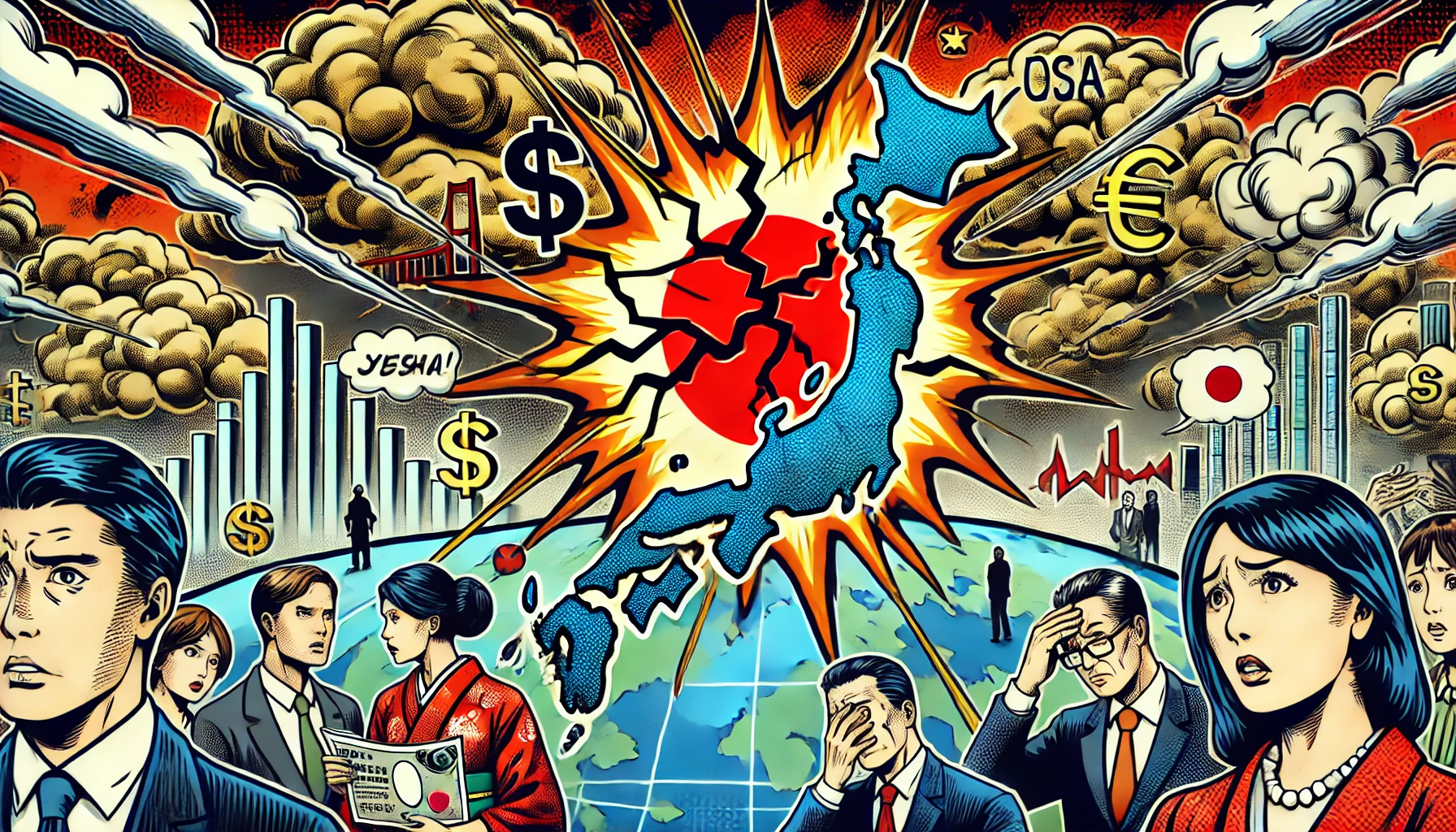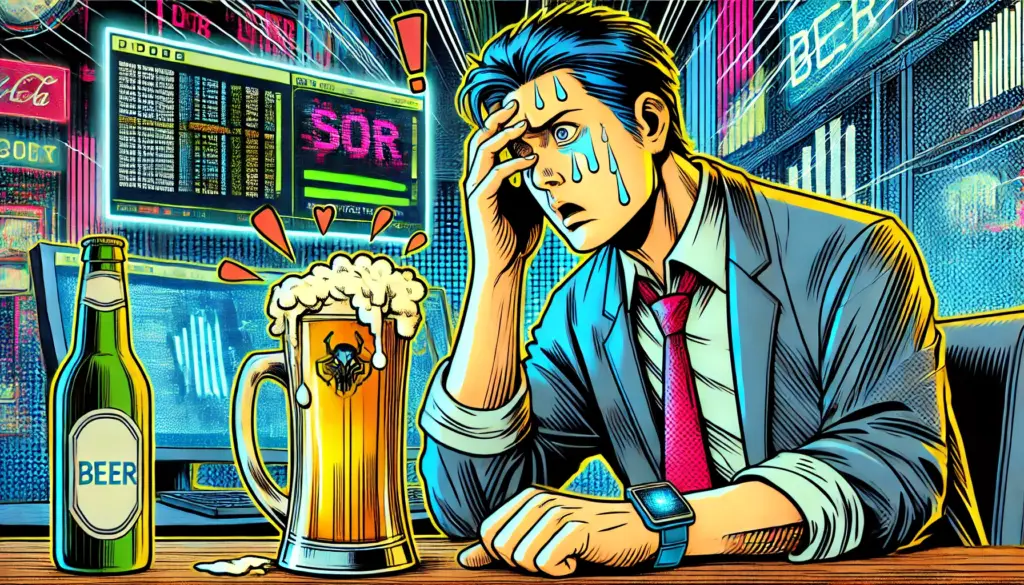
Japan’s government debt is the highest among developed nations — a staggering 260% of GDP. That often raises a big question for investors, economists, and citizens alike:
Is Japan at risk of defaulting? And what would happen if it did? 🤔
Let’s dive into how Japan compares to other nations in terms of default risk, and what a sovereign default actually looks like in the real world.
💡 What Is a Sovereign Default?
A sovereign default happens when a country can no longer meet its debt obligations — it fails to pay interest or repay principal on time.
Common Consequences of Default:
- 📉 Collapse of financial markets
- 💸 Currency devaluation
- 🏦 Bank failures
- 👎 Loss of international credibility
- 🛑 Cutoff from global borrowing
Countries like Argentina, Russia, and Greece have experienced these painful consequences. But each case depends heavily on political, economic, and structural factors.
📊 Japan’s Debt: A Record High, But Not What It Seems
Japan’s debt-to-GDP ratio is over 260%, far exceeding that of most countries. At first glance, that looks dangerous. However, the structure and ownership of the debt matters more than the size alone.
Why Japan’s Debt Is Different:
- 90%+ of Japan’s debt is held domestically by Japanese institutions like the Bank of Japan and pension funds.
- Japan issues its debt in its own currency (yen), making repayment more manageable.
- Interest rates remain near zero, keeping borrowing costs low.
- Political stability and a strong central bank offer additional buffers.
So, while the debt is large, it’s largely internal and manageable, at least for now.
🌍 How Japan Compares to Other Nations
Here’s a comparison of Japan’s default risk with other major and emerging economies:
| Country | Debt-to-GDP (%) | Default Risk | Key Notes |
|---|---|---|---|
| 🇯🇵 Japan | 260% | Low | Domestic debt, strong BOJ |
| 🇺🇸 United States | 130% | Low–Moderate | Political debt ceiling drama |
| 🇮🇹 Italy | 145% | Moderate | Eurozone constraints |
| 🇦🇷 Argentina | 85% | High | History of multiple defaults |
| 🇬🇷 Greece | 170% | Moderate–High | Past default, EU bailouts |
| 🇹🇷 Turkey | 45% | Moderate | Currency & inflation crisis |
🧠 Insight: High debt doesn’t always mean high risk. It’s about who owns the debt, what currency it’s in, and how credible the government is.
🚨 What If Japan Did Default?
Though highly unlikely in the short term, let’s imagine Japan actually did default. What would happen?
1. 💴 Currency Collapse
The yen would likely fall sharply, triggering inflation as import prices skyrocket.
2. 📉 Stock Market Panic
Investors would flee Japanese assets, crashing the Nikkei and other indices.
3. 🏦 Banking Crisis
With most government bonds held by banks and institutions, a default would severely impact Japan’s financial sector.
4. 🌐 Global Shock
As the world’s third-largest economy, Japan defaulting would send shockwaves across international markets.
5. 👎 Credit Downgrade and Isolation
Japan would lose its credit rating, face rising borrowing costs, and be isolated from global capital markets.
🧘 Why Japan Is Still Safe (For Now)
Despite the scary numbers, most experts do not expect Japan to default in the foreseeable future.
Here’s why:
- The Bank of Japan can print money to cover debt if needed.
- The Japanese population has a high savings rate, which supports bond demand.
- There is strong international confidence in Japan’s ability to honor debt.
However, long-term risks remain, especially as Japan faces:
- An aging population
- Slower economic growth
- Rising social security costs
🔮 What Should Japan Do?
To reduce long-term default risk, Japan may need to:
- ⚙️ Reform its tax and pension systems
- 📈 Encourage productivity and innovation
- 👩👩👧👦 Increase immigration to balance demographics
- 💼 Cut inefficient spending while protecting essential programs
These changes could help manage debt sustainably while preserving investor trust.
🧾 Final Thoughts
Japan’s debt is huge, but default isn’t just about numbers — it’s about trust, structure, and control. Japan still has those factors working in its favor.
But as the economy and demographics shift, Japan cannot rely forever on low interest rates and domestic investors. Thoughtful reforms and responsible fiscal policy will be the keys to long-term stability.



















































